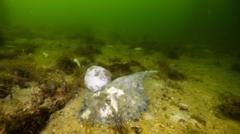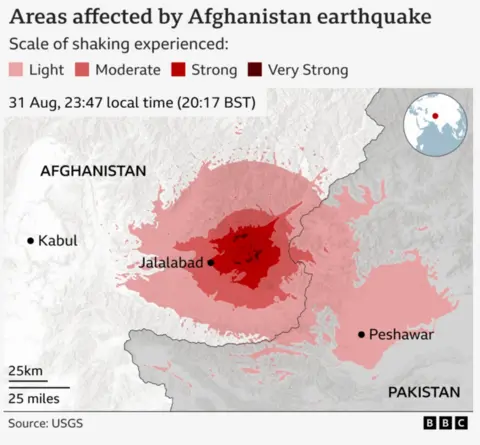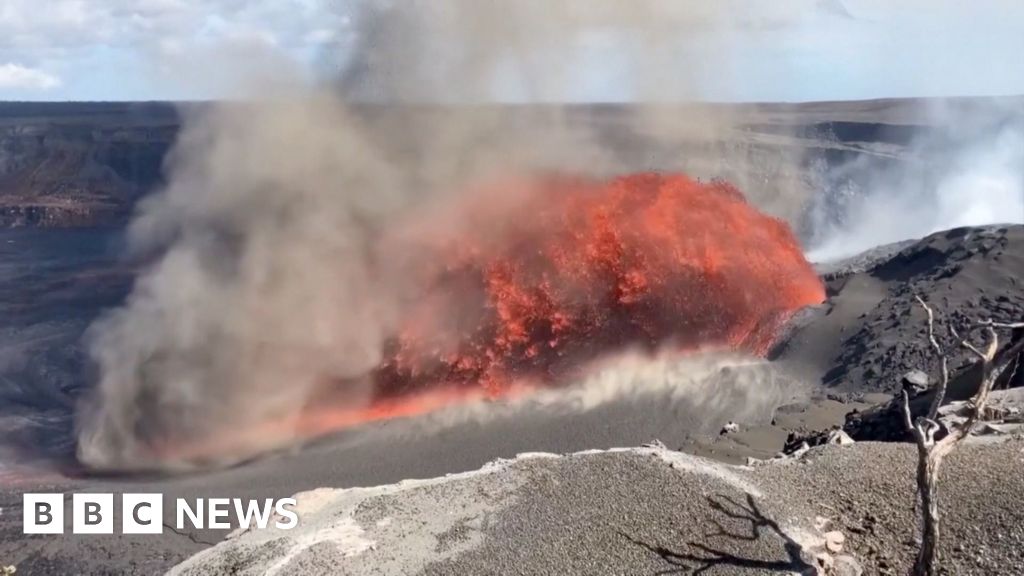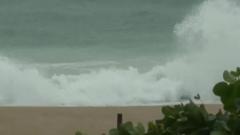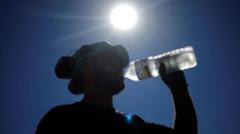The ongoing algal bloom in South Australia has prompted the state premier, Peter Malinauskas, to advocate for greater recognition of the event, despite the federal government’s resistance to classify it as a natural disaster. This ecologically catastrophic phenomenon has devastated marine life, claiming the lives of more than 400 species. The bloom, which began its expansion in March, has affected an area significantly larger than the Australian Capital Territory, stretching from Coorong to the Yorke Peninsula.
Environmental experts blame the growth of the algal bloom on rising ocean temperatures and nutrient pollution, both consequences of climate change. Malinauskas has pledged to match the federal government’s assistance, directing funds towards necessary research, environmental cleanup, and support for affected local industries. Critics, including South Australian Greens Senator Sarah Hanson-Young, have expressed frustration over the federal government’s response, suggesting that a different reaction would be warranted if the bloom impacted urban areas like Bondi Beach.
The economic repercussions of the bloom are palpable, particularly for the local fishing industry. Fishermen have reported periods of no income, leading to distress among those reliant on fishing for their livelihoods. Ian Mitchell, who serves as a link between fishers and retailers, reported having fishermen in tears due to their plight. Meanwhile, Murray Watt, the federal Environment Minister, acknowledged the distressing nature of the situation but insisted that it does not fulfill the legal definition of a natural disaster. The local environment is suffering greatly, with areas lining the coastline affected by dead marine wildlife, prompting community outcry and calls for decisive action.
Environmental experts blame the growth of the algal bloom on rising ocean temperatures and nutrient pollution, both consequences of climate change. Malinauskas has pledged to match the federal government’s assistance, directing funds towards necessary research, environmental cleanup, and support for affected local industries. Critics, including South Australian Greens Senator Sarah Hanson-Young, have expressed frustration over the federal government’s response, suggesting that a different reaction would be warranted if the bloom impacted urban areas like Bondi Beach.
The economic repercussions of the bloom are palpable, particularly for the local fishing industry. Fishermen have reported periods of no income, leading to distress among those reliant on fishing for their livelihoods. Ian Mitchell, who serves as a link between fishers and retailers, reported having fishermen in tears due to their plight. Meanwhile, Murray Watt, the federal Environment Minister, acknowledged the distressing nature of the situation but insisted that it does not fulfill the legal definition of a natural disaster. The local environment is suffering greatly, with areas lining the coastline affected by dead marine wildlife, prompting community outcry and calls for decisive action.

